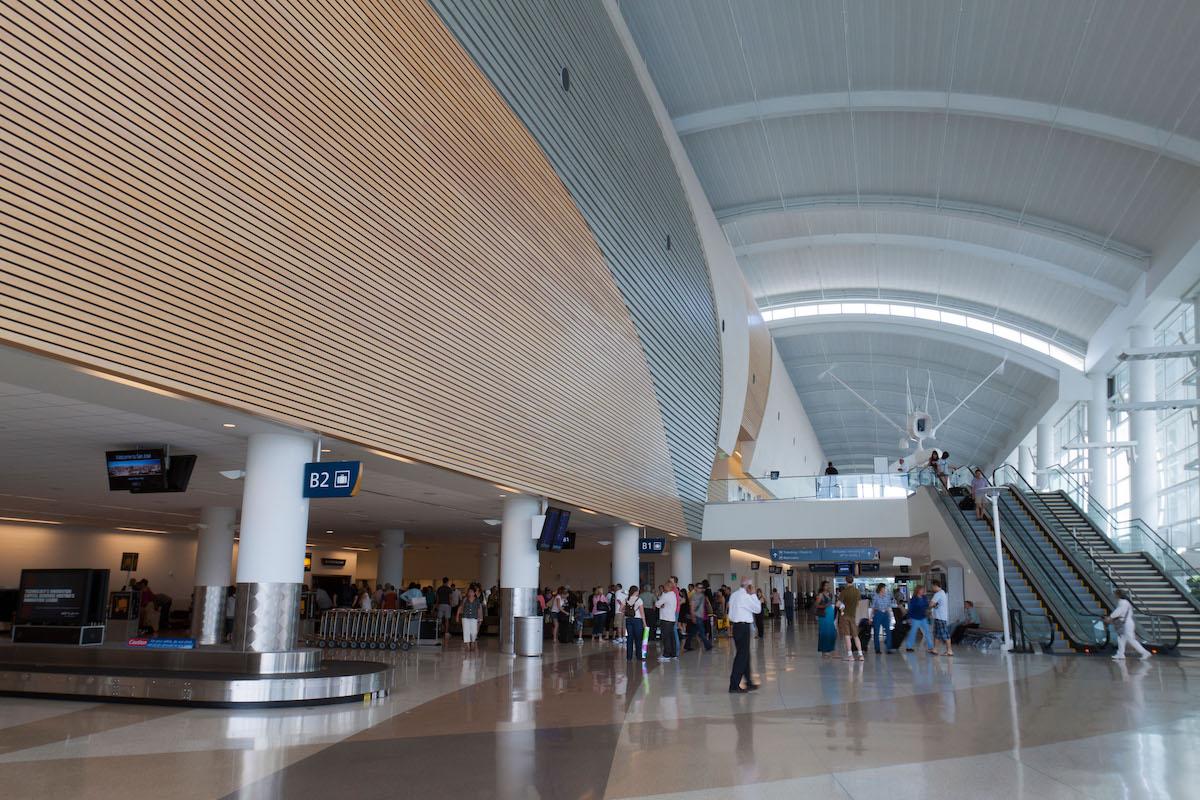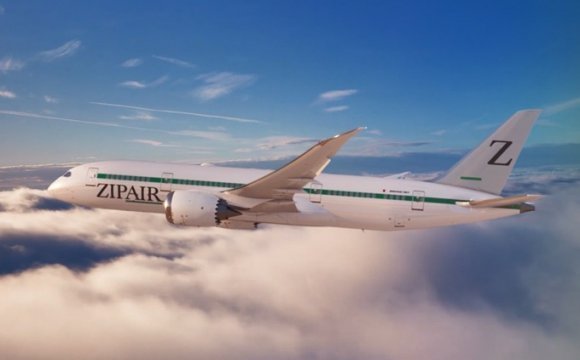
Japan’s Zipair Tokyo is further expanding its US network later this year with the launch of a new route to San José, home to the northern Californian airport that serves as a gateway to Silicon Valley.
Starting in December, the long-haul low-cost airline will connect Tokyo Narita (NRT) and Mineta San José International (SJC), subject to government approval. The start date and planned frequency will be announced at a later date, the Japan Airlines (JAL) subsidiary said.
Flights will be on board the carrier’s fleet of Boeing 787-8 aircraft, which feature 18 full-flat seats and 272 standard seats.
Once the route launches, San José will become Zipair’s third US destination and its second in the state of California after Los Angeles (LAX). The airline also flies to Honolulu (HNL) in Hawaii, as well as offering flights from Narita to three destinations in Asia: Bangkok Suvarnabhumi (BKK), Seoul Incheon (ICN) and Singapore Changi (SIN).
San José mayor Sam Liccardo said the planned launch of the NRT-SJC route reflects “renewed global confidence” in the strength of the San José market and the “continued importance” of Silicon Valley.
SJC director of aviation John Aitken added: “Zipair represents a new kind of airline that leverages technology to provide an efficient, more accessible travel experience—a perfect fit for San José and Silicon Valley.”
Before the pandemic, data provided by OAG Schedules Analyser shows that the Tokyo-San José market was served daily by All Nippon Airways (ANA) using 787-8s. After suspending the NRT-SJC service in March 2020, the latest schedules show that ANA plans to resume flights to San José in October, although the route will be operated from Tokyo Haneda (HND), rather than Narita.
With a population of about 1 million inhabitants, San José is home to a large Japanese community and Japantown San Jose is considered to be one of the last three authentic Japantowns in the US. The airport is named after Norman Mineta, the former mayor of San José born to Japanese parents who became the first US Transport Secretary of East Asian descent. Mineta died in May.
Zipair will be targeting VFR traffic, as well as business travel to Silicon Valley and leisure passengers to the San Francisco Bay area.
According to Sabre Market Intelligence figures, O&D traffic between Tokyo and San José totaled 81,210 two-way passengers in 2019, up by 14% on the previous 12 months. About 78% of those passengers flew nonstop.
O&D traffic in the wider Tokyo-San Francisco market was around 411,000 two-way passengers in 2019, falling to 175,000 in 2020 and 88,800 in 2021 because of COVID-related travel restrictions.
Zipair announced details of the new US route at the same time as confirming plans to change its livery. The airline will stop using its "Z" logo because the letter has been appropriated as a symbol of support for Russia’s invasion of Ukraine.

From June 18, the carrier said a striped pattern would be used to cover the logo on the tails of Zipair aircraft. A redesigned livery will be introduced in December and all aircraft will feature the new design by next spring.
